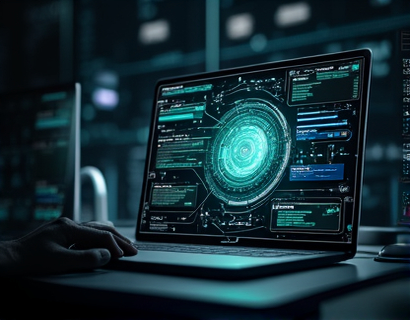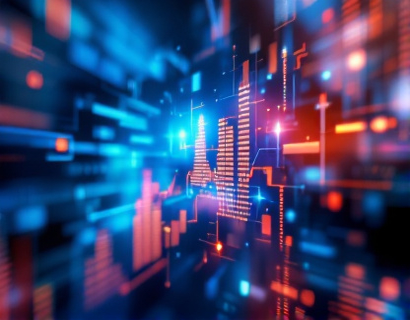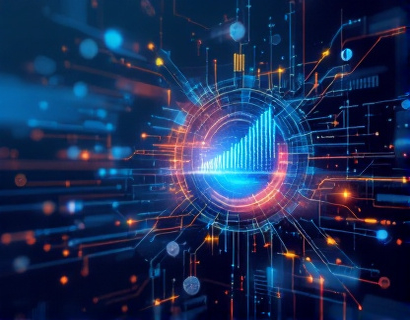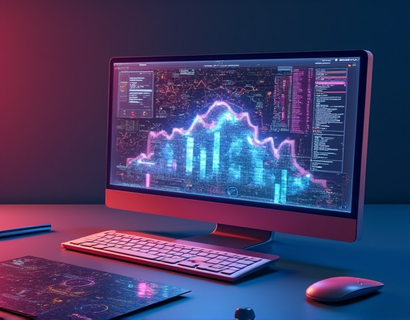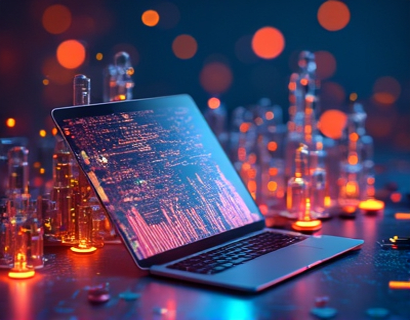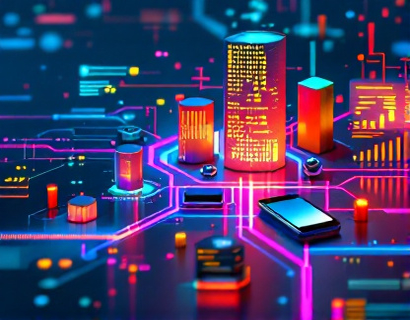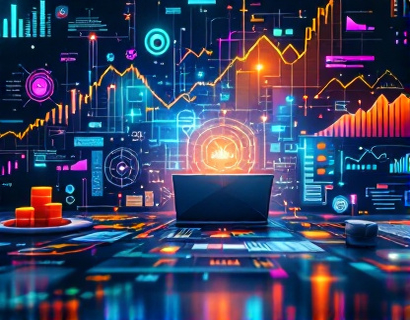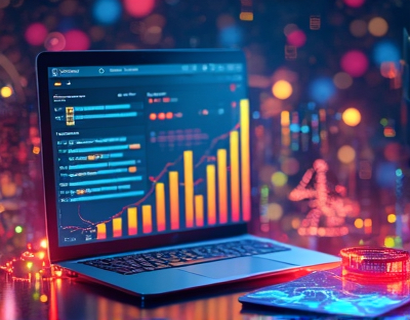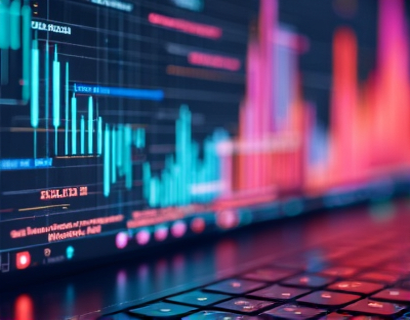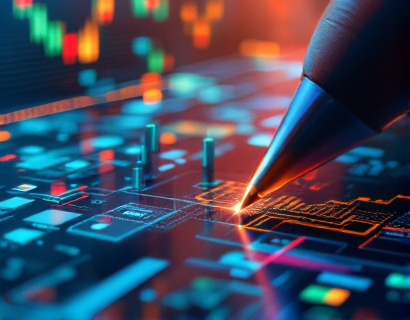Unlocking Next-Gen Productivity and App Accessibility Through AI and Crypto
The intersection of artificial intelligence and cryptocurrency is giving rise to innovative digital solutions that promise to revolutionize the way we manage tasks and access applications. This convergence of technologies is not just a novelty but a transformative force that is reshaping the landscape of productivity tools and digital services. For tech enthusiasts and early adopters, this fusion opens up a world of possibilities, offering enhanced efficiency, security, and accessibility. This article delves into the cutting-edge digital solutions that leverage AI and cryptocurrency to redefine productivity and app accessibility, providing a comprehensive look at what the future holds.
The integration of AI into digital platforms has already begun to yield remarkable results. AI-driven algorithms can analyze vast amounts of data to optimize task management, predict user needs, and automate routine processes. For instance, AI-powered virtual assistants can learn from user behavior to suggest the best times to tackle specific tasks, thereby maximizing productivity. These assistants can also integrate with various applications, ensuring a seamless flow of information and reducing the need for manual intervention. The result is a more intuitive and efficient user experience that adapts to individual work styles.
Cryptocurrency, on the other hand, brings a unique set of advantages to the table. Beyond its role as a digital currency, blockchain technology, which underpins cryptocurrencies, offers unparalleled levels of security and transparency. This makes it an ideal foundation for building trust in digital transactions and data management. In the context of productivity tools, blockchain can ensure that data is immutable and accessible only to authorized users, enhancing privacy and security. Smart contracts, another blockchain feature, can automate and enforce agreements without the need for intermediaries, streamlining workflows and reducing costs.
One of the most significant benefits of combining AI and cryptocurrency is the creation of decentralized applications, or dApps. Unlike traditional apps hosted on centralized servers, dApps run on a blockchain network, making them more resilient to censorship and downtime. AI enhances the functionality of dApps by providing intelligent services that can adapt to user preferences and behaviors. For example, a decentralized project management tool could use AI to prioritize tasks based on deadlines and resource availability, all while ensuring that data is securely stored and accessible only to team members with the necessary permissions.
The accessibility of these advanced digital solutions is another area where AI and cryptocurrency intersect to create significant value. Traditional software often requires substantial upfront costs and ongoing maintenance, making it inaccessible to many users. Cryptocurrency-based models, however, can offer more flexible and affordable access. Users can pay for services using cryptocurrencies, which can be more cost-effective and easier to manage, especially for international users. AI can further enhance accessibility by providing multilingual support and personalized user interfaces, breaking down barriers for non-native speakers and users with disabilities.
Let's explore some specific examples of how AI and cryptocurrency are being used to unlock next-gen productivity and app accessibility. One notable area is in the development of decentralized storage solutions. Services like IPFS (InterPlanetary File System) use blockchain to create a distributed file system where data is stored across multiple nodes. AI can optimize the storage and retrieval of files by analyzing usage patterns and predicting demand. This not only improves performance but also reduces costs associated with data storage and bandwidth.
Another example is the use of AI in cryptocurrency trading platforms. These platforms leverage machine learning algorithms to analyze market trends, identify patterns, and make informed trading decisions. For users who are not experts in trading, AI can provide valuable insights and recommendations, making the process more accessible. Additionally, these platforms can use cryptocurrency to facilitate transactions, eliminating the need for intermediaries and reducing transaction fees. This democratizes access to trading opportunities, allowing a broader range of users to participate in the crypto market.
The integration of AI and cryptocurrency also extends to the realm of cybersecurity. Traditional security measures often rely on centralized systems that can be vulnerable to attacks. Blockchain's decentralized nature, combined with AI's advanced threat detection capabilities, creates a robust defense mechanism. AI can monitor network activity in real-time, identifying and mitigating potential threats before they cause damage. Smart contracts can automate security protocols, ensuring that only authorized actions are performed, thereby enhancing the overall security of digital platforms.
In the context of app development, AI and cryptocurrency are driving innovation in several ways. Developers can use AI tools to automate coding tasks, generate code snippets, and optimize application performance. This not only speeds up the development process but also reduces the likelihood of errors. Cryptocurrency can facilitate the monetization of apps through tokenized models, where users can purchase tokens to access premium features or contribute to the development of the app. This creates a more direct and transparent relationship between developers and users, fostering a community-driven approach to app evolution.
For tech enthusiasts and early adopters, the potential of AI and cryptocurrency in enhancing productivity and app accessibility is immense. These technologies are not just tools but enablers of a new digital paradigm. By leveraging AI to automate and optimize tasks, and using cryptocurrency to ensure secure and decentralized data management, users can experience a level of efficiency and control that was previously unimaginable. The future of digital tools is here, and it is powered by the synergy of AI and cryptocurrency.
As we look ahead, the continued evolution of these technologies will likely bring even more innovative solutions. The development of more sophisticated AI models, the widespread adoption of blockchain beyond cryptocurrencies, and the creation of new decentralized platforms will all contribute to a more connected and efficient digital world. For those at the forefront of this technological wave, the opportunities are vast, and the potential for impact is limitless.
In conclusion, the combination of AI and cryptocurrency is paving the way for a new era of productivity and app accessibility. By harnessing the power of intelligent algorithms and decentralized networks, we can create digital solutions that are not only more efficient and secure but also more inclusive and user-friendly. Whether you are a developer, a business owner, or a tech-savvy individual, embracing these technologies can open up new avenues for success and innovation.






